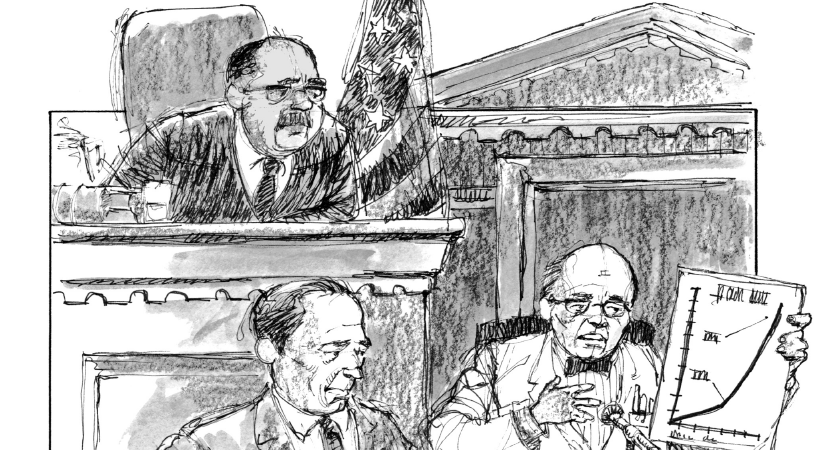File: Download
Date of Publication: March/April 2019
Author(s): Joel B. Strongberg
Journal: Environmental Law Institute
As a locus for fact-finding and evaluating competing claims while the political branchesare deadlocked, the courtroom can be the perfect neutral venue for debating climate science, policy responses, and who should pay. Current litigation could tee up such conclusions.
There are few public forums to debate the causes and consequences of climate change where the participants won’t find themselves mired in a political maelstrom. On the federal level, where national policies are worked out, partisan gridlock in Congress has taken the legislative branch of government out of play. The current administration has by acts and deeds indicated it has no intention of combatting climate change — quite the opposite. That leaves the fortunes of U.S. climate policies largely dependent upon the composition of the courts, the branch that is concerned only with matters of law and immune from politics.
Carbon emissions in the United States and other big economies like China, India, and elsewhere are on the rise. According to the Trump administration’s Fourth National Climate Assessment, released in November, neither global efforts to mitigate the causes of climate change nor regional efforts to adapt to the impacts currently approach the scales needed to avoid substantial damage to the U.S. economy, our natural heritage, and the health and well-being of Americans. The conclusions reached by the 13 federal agencies and 300 scientists contributing to the assessment reflect the overwhelming consensus of the science community. They affirm the October report of the UN’s Intergovernmental Panel on Climate Change, which set the maximum safe level of warming at only 1.5 degrees Celsius.
Both reports emphasize the urgent need for government action. They identify — with a high degree of confidence — the costly consequences of climate change. These include not only more frequent and intense weather events but also higher rates of morbidity and mortality and lost jobs and investment opportunities in industries affected by carbon emissions, such as fishing, farming, forestry, and insurance.
As the U.S. government fails to put in place policies to combat global warming and adapt to its repercussions, the courts are emerging as the preferred venue in which to debate climate science free of partisan bias and bickering. Citizens are calling for action, and the number of climate-related lawsuits is increasing globally, and nowhere more than in the United States. The cases fall into four broad categories. Some would force government to increase (or some decrease) regulatory oversight and enforcement of existing laws. Others characterize climate change as a rights-based issue. Still others seek to establish climate change as a financial concern. And a final category of cases are designed to contribute to the public debate about the changes to the Earth’s climate system. Naturally there is some overlap, but these distinctions are useful in evaluating the judiciary’s response to global warming…….
Into the breach, a new class of cases claiming the right of citizens to a habitable environment is gaining entrance into state and federal courts, and other cases are inviting the judiciary to be more involved in climate change.
Through discovery, evidence, testimony, and cross examination, the lawsuits are becoming rich troves of information that may have equal or greater probative value in the court of public opinion than in a court of law.
There are no certainties in science. Actions to avoid a highly likely risk are called for in the case of climate change, just as we minimize risk of exposure to chemicals that we only suspect of carcinogenicity.
You may read the complete article by clicking ‘download’ above the cover image.
This article was originally published by the Environmental Law Institute journal in their Environmental Forum.
The views and opinions expressed through the MAHB Website are those of the contributing authors and do not necessarily reflect an official position of the MAHB. The MAHB aims to share a range of perspectives and welcomes the discussions that they prompt.
